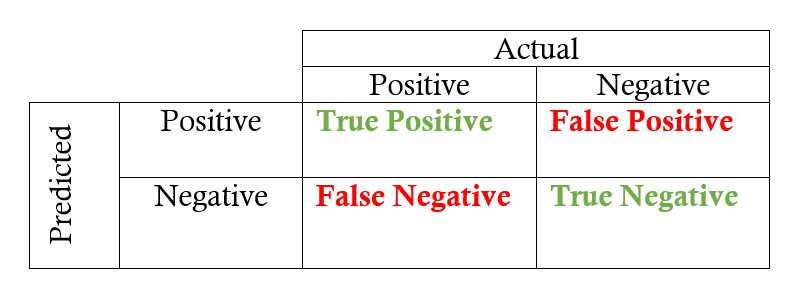
True positives as
results in machine learning classification problems involve outputs where a
test observes a positive, where a positive was also predicted. This is part of
the classical confusion matrix that engineers use as a model for discussing a
classifying algorithm.
For example, a classifying algorithm might be asked to identify cats and dogs in a set of initial test data. The values of the test data are known beforehand, so engineers can compare the known classifications to what the system predicts or classifies.
So,
where the dog is the first type or class "1" in the binary confusion
matrix, if a particular piece of test data included a dog, and the system
predicted a dog, that would be a "true positive." The equivalent
successful guess for the class 2 result, the cat, would be a true negative.
Like other simple
constructs including the Nash equilibrium (for binary game theory), a confusion
matrix can be a powerful way to understand classification algorithms working
with binary situations.

0 Comments